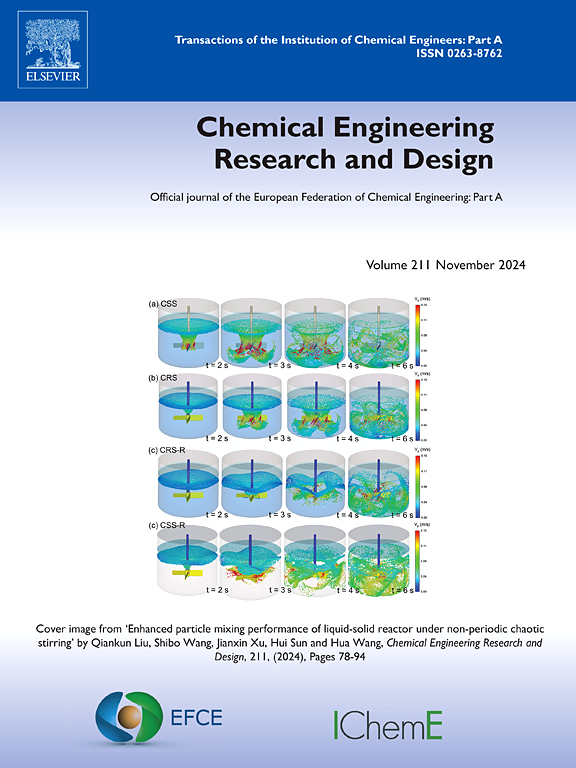Design of an intelligent system for modeling and optimization of perovskite-type catalysts for catalytic reduction of NO with CO
IF 3.7
3区 工程技术
Q2 ENGINEERING, CHEMICAL
引用次数: 0
Abstract
In this paper, a hybrid artificial neural network-genetic algorithm (ANN-GA) method was applied to design and optimize a perovskite catalyst for the reduction of NO with CO. A series of perovskite-type oxides with the general formula of La1-xSrx(Cu1-yMny)1-αPdαO3 were investigated. Catalysts were synthesized via the sol-gel auto-combustion method. The effects of four design parameters (x, y, α, and calcination temperature) and reaction temperature as an operational variable on NO conversion were investigated by modeling the experimental data obtained in the experimental design. Based on the results, the optimum neural network architecture predicted NO conversion data with an acceptable level of correctness. The optimum neural network architecture was used as a capability function for the genetic algorithm to find the optimal catalyst. For catalyst optimization, the Pd mole fraction was set to 0.02. The values of other parameters in the optimum catalyst were as follows: Sr mole fraction of 0.175, Mn mole fraction of 0.596, and calcination temperature of 674.89°C. To investigate the structure, morphology, specific surface area, and reducibility, the catalysts were characterized by XRD, BET, H2-TPR, XPS, and SEM.
求助全文
约1分钟内获得全文
求助全文
来源期刊

Chemical Engineering Research & Design
工程技术-工程:化工
CiteScore
6.10
自引率
7.70%
发文量
623
审稿时长
42 days
期刊介绍:
ChERD aims to be the principal international journal for publication of high quality, original papers in chemical engineering.
Papers showing how research results can be used in chemical engineering design, and accounts of experimental or theoretical research work bringing new perspectives to established principles, highlighting unsolved problems or indicating directions for future research, are particularly welcome. Contributions that deal with new developments in plant or processes and that can be given quantitative expression are encouraged. The journal is especially interested in papers that extend the boundaries of traditional chemical engineering.
 求助内容:
求助内容: 应助结果提醒方式:
应助结果提醒方式:


